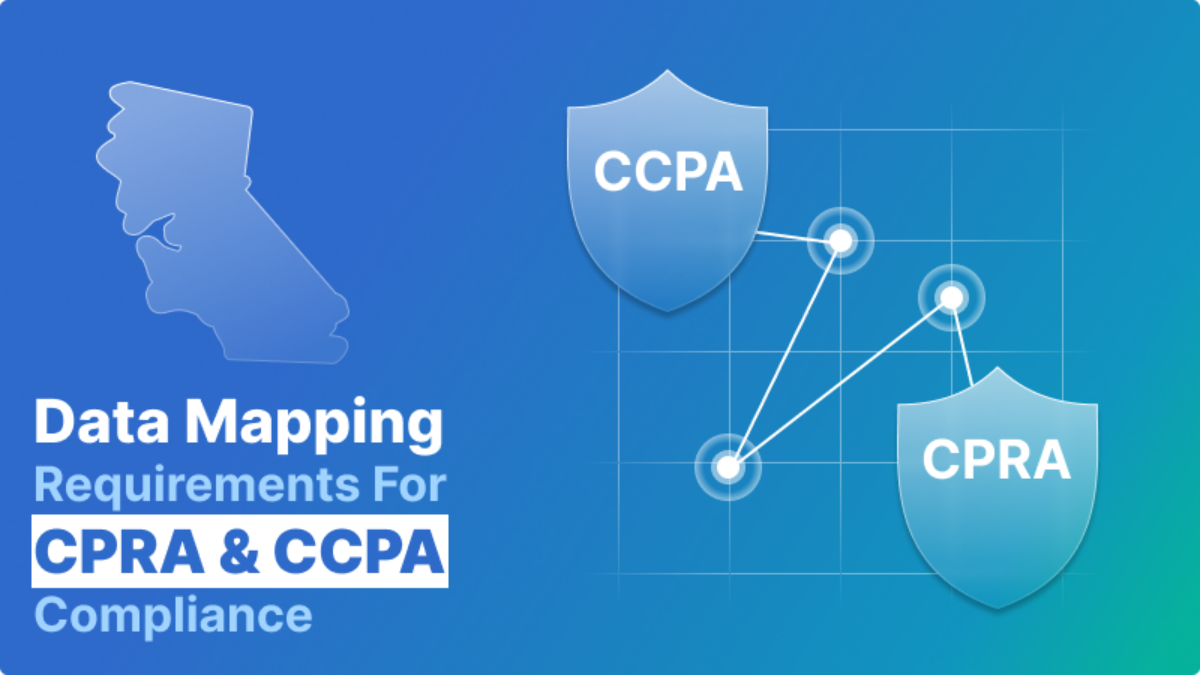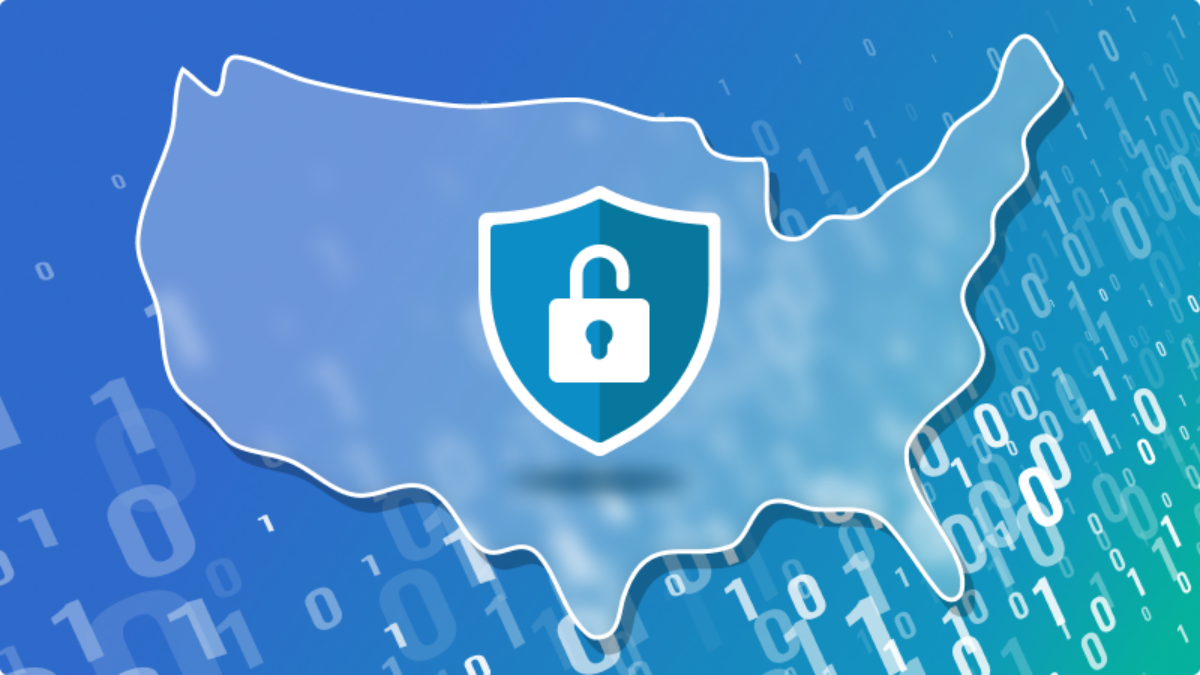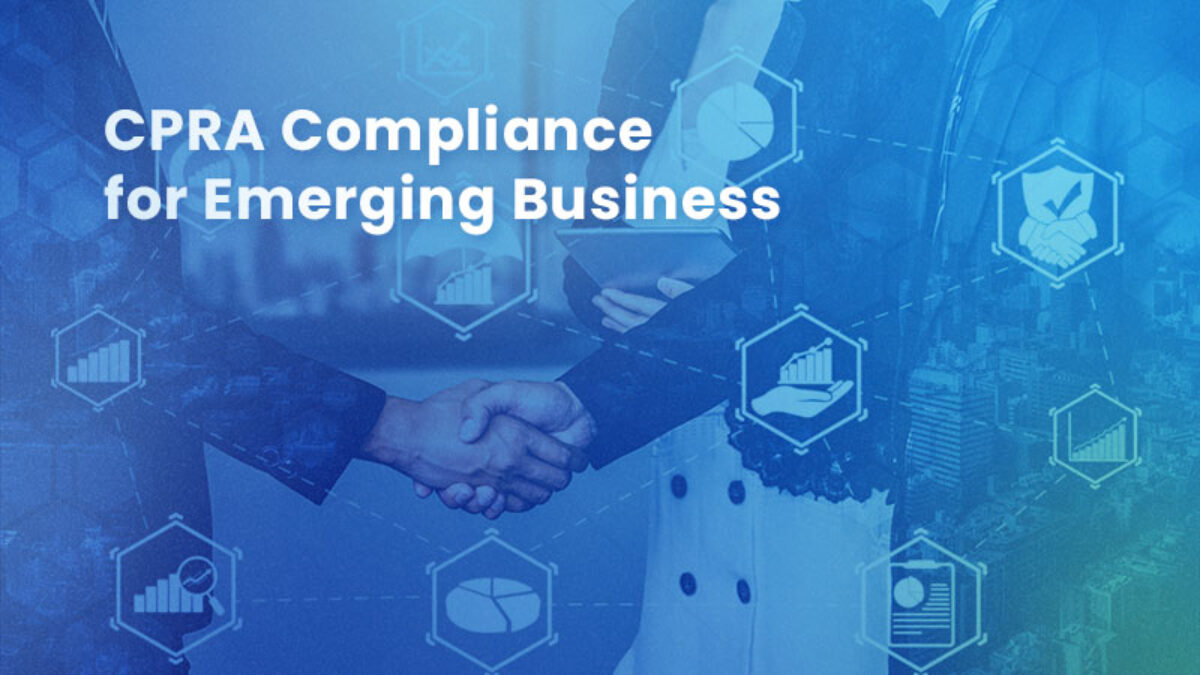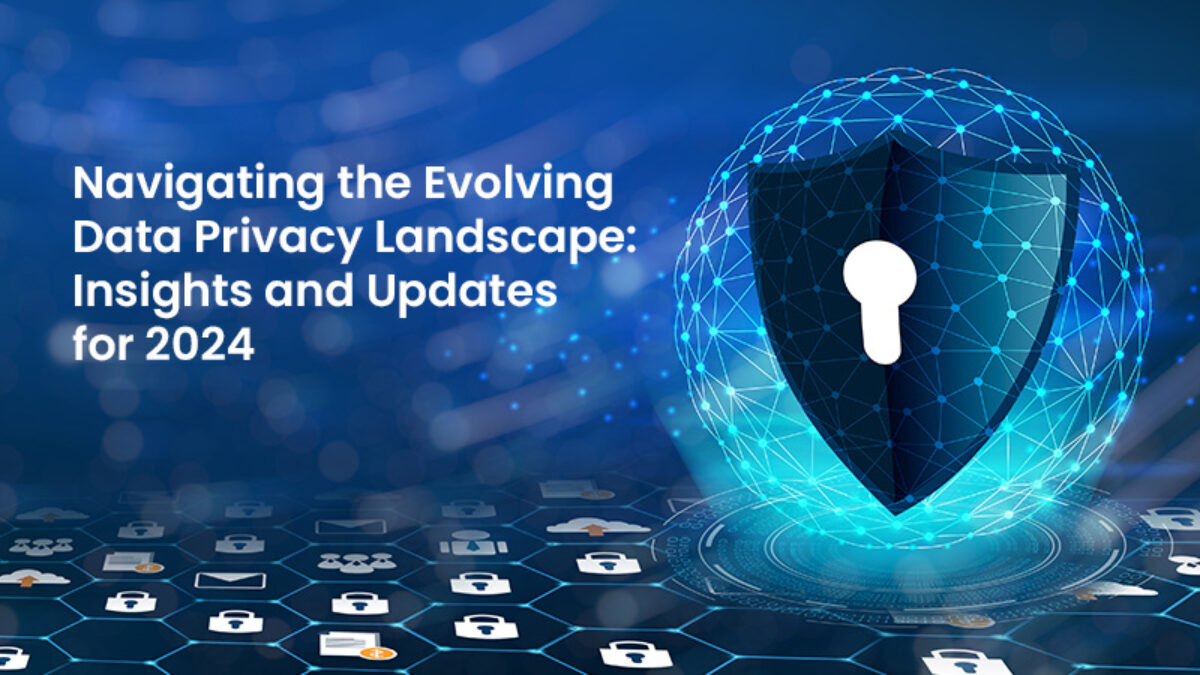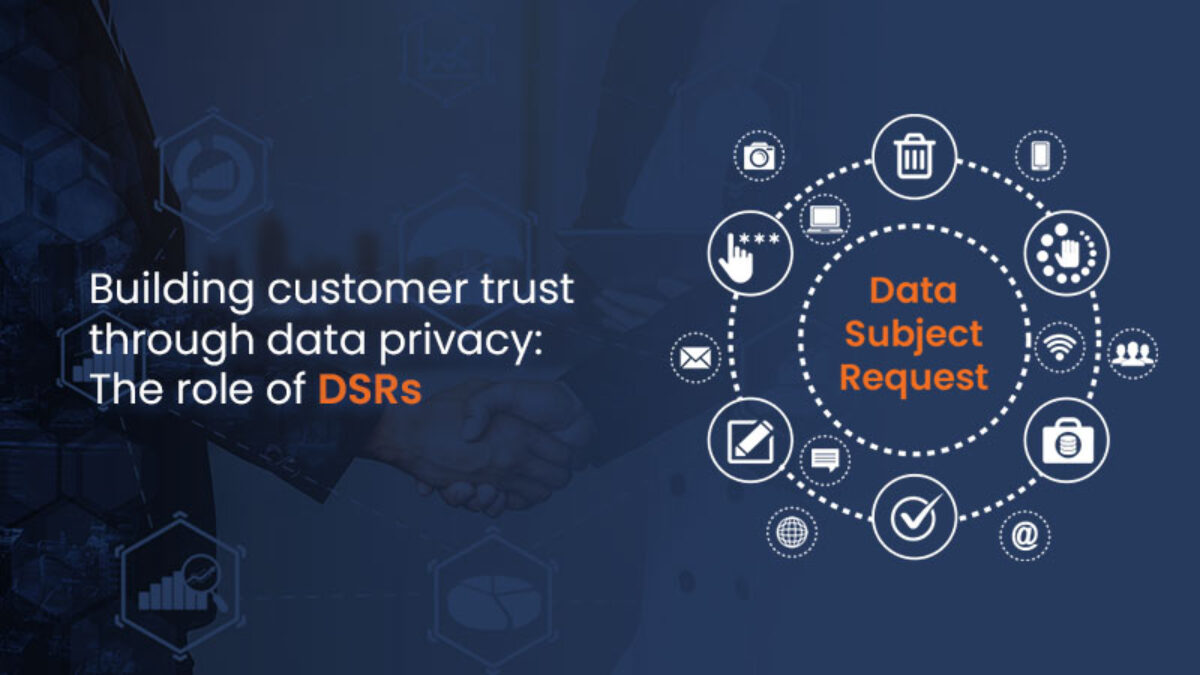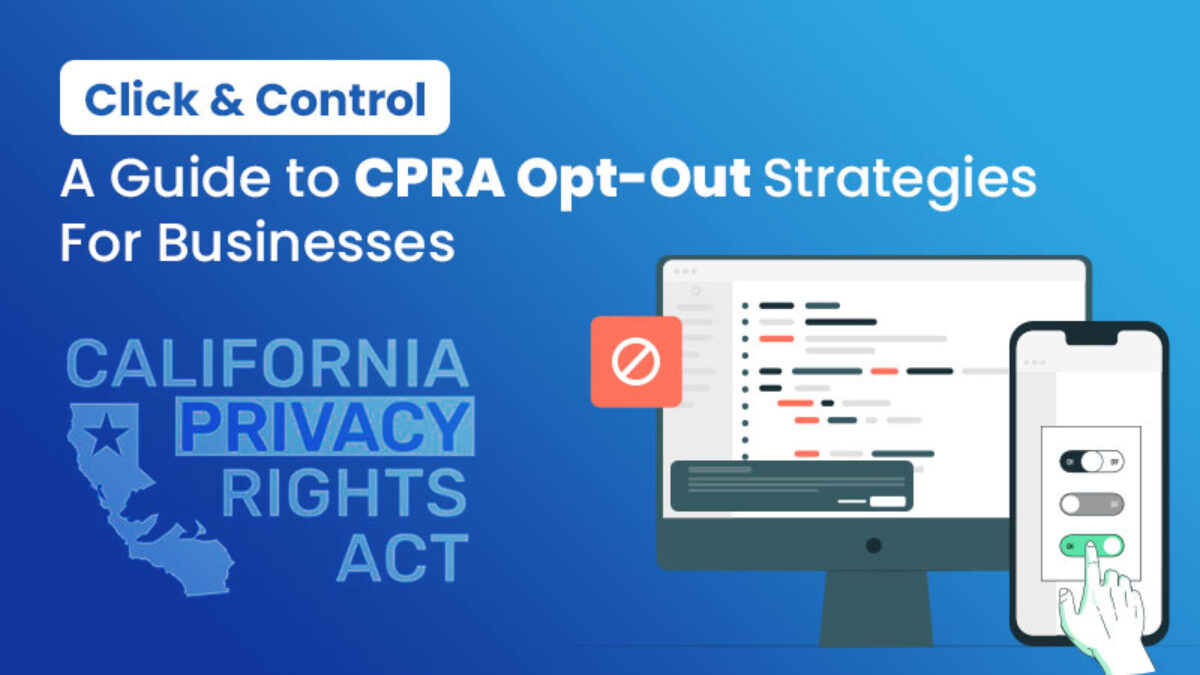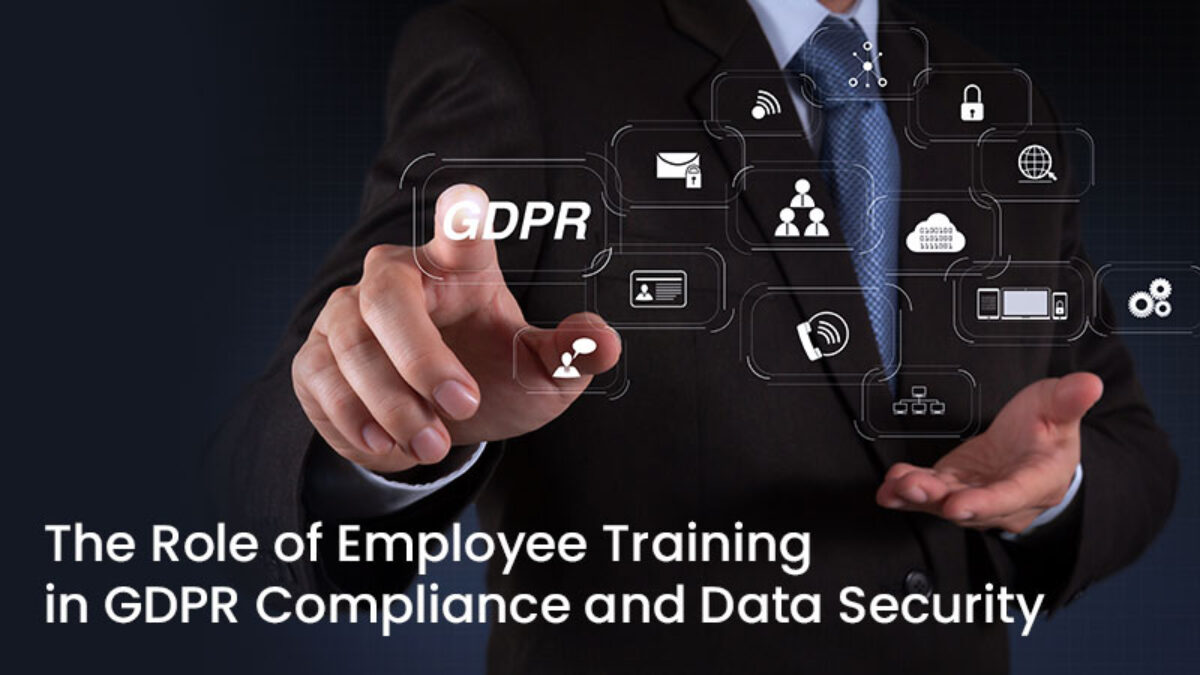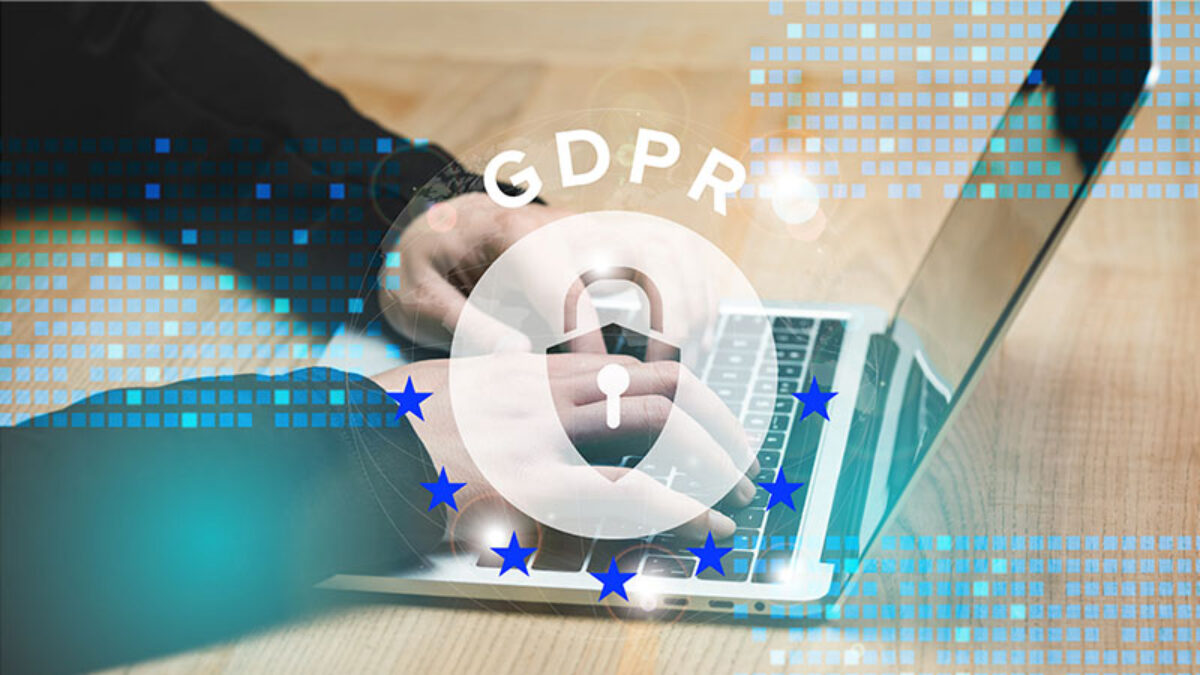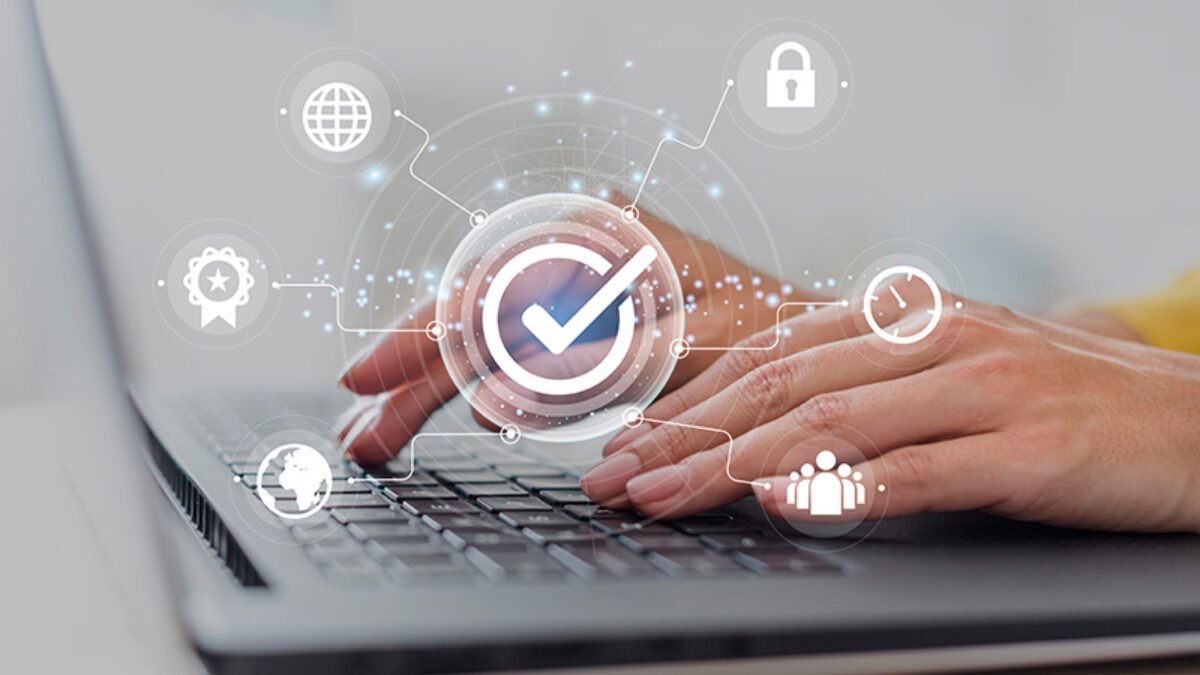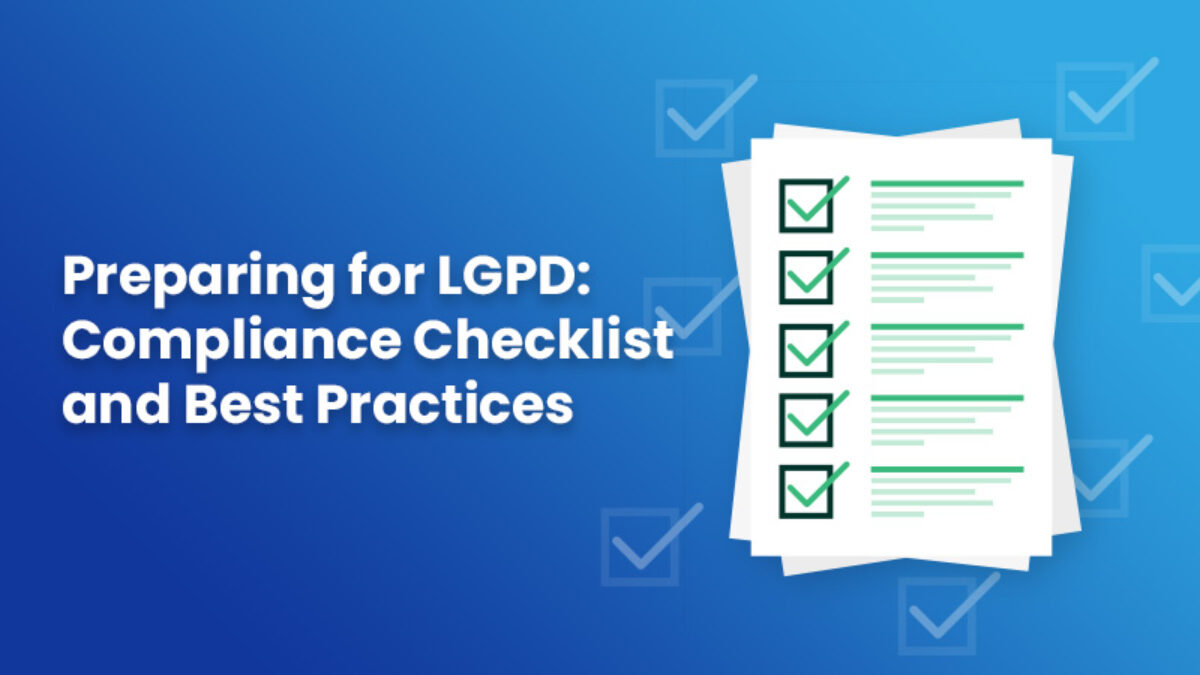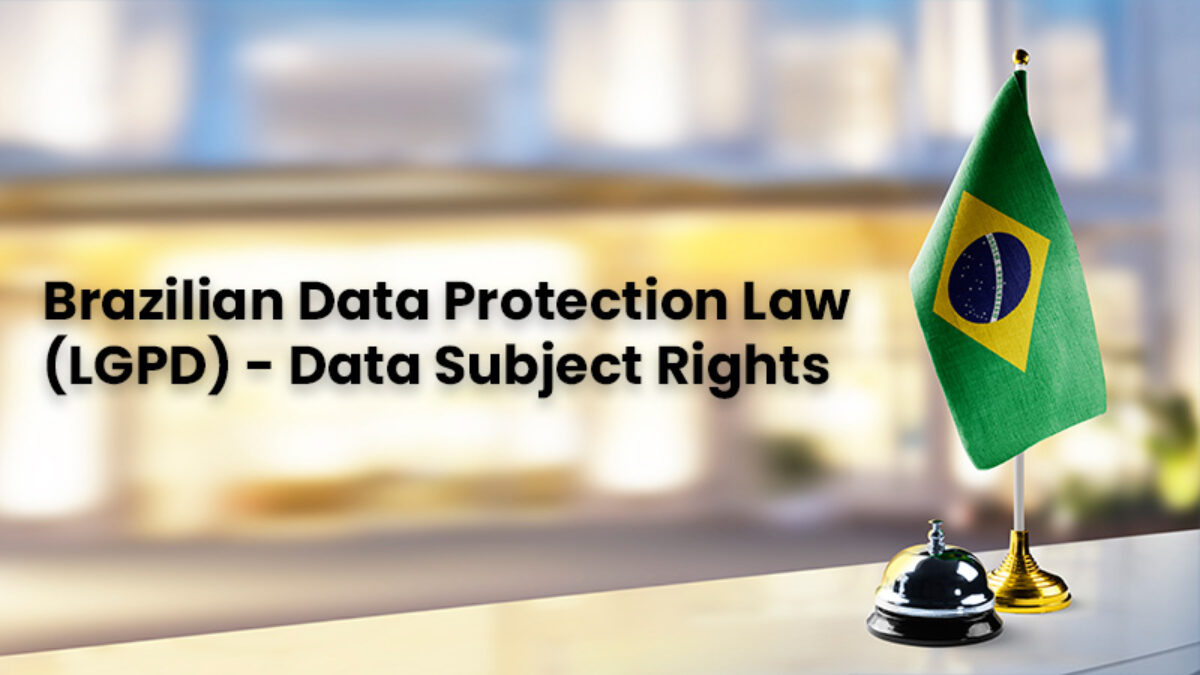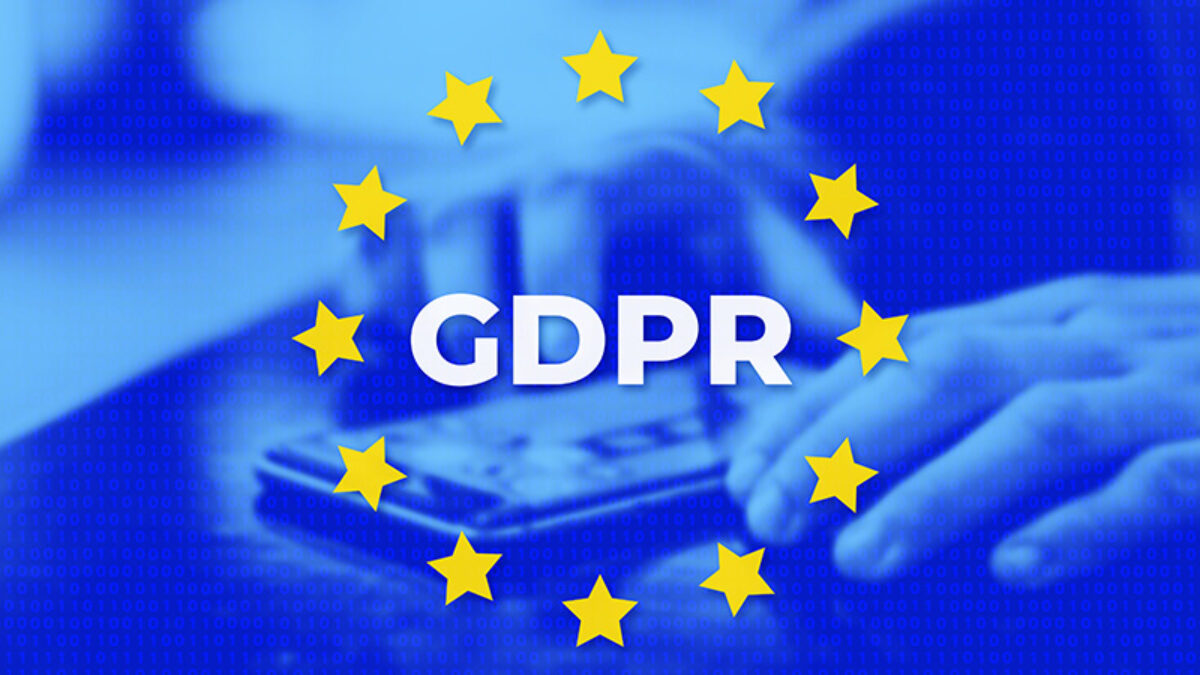From Manual to Automated: Transitioning Your Data Subject Access Request (DSAR) Process
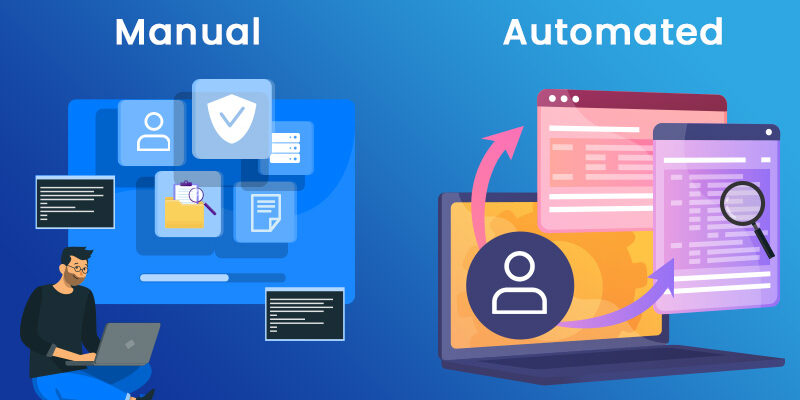
Introduction to DSAR for Privacy Compliance
Data Subject Access Requests (DSARs) have become an integral part of data privacy compliance in today’s digital age. With the ever-increasing volume of data that organizations handle, managing DSARs efficiently has become a crucial task. Also, Many businesses initially approach DSAR process manually, but as the workload grows, transitioning to an automated process becomes essential.
In this blog, we’ll explore the benefits of automating your DSAR process and provide a step-by-step guide on how to make the transition smoothly. Streamlining DSAR processes through DSAR automation significantly enhances efficiency, accuracy, and compliance.
Understanding Data Subject Access Requests (DSARs)
Before delving into the DSAR automation process, it’s important to understand what DSARs are. DSARs are requests made by individuals to access their personal data held by an organization. These DSAR requests are a fundamental aspect of data protection laws such as the General Data Protection Regulation (GDPR) and the California Consumer Privacy Act (CCPA). Failing to handle DSARs properly can result in legal consequences and damage to your organization’s reputation.
Challenges with Manual DSAR Process
Initially, many organizations handle DSARs manually, relying on spreadsheets, email, and physical documentation. However, as the number of DSARs grows, manual processes become cumbersome and error-prone. Also, you can revolutionize your data subject rights management strategy with cutting-edge DSAR automation tools, helping your team deliver swift responses and improve data security protocols.
Some common challenges with manual DSAR management include:
- Inefficiency: Sorting through emails and documents can be time-consuming and lead to delays in responding to DSARs.
- Data Security Risks: Storing sensitive personal data in spreadsheets or email exposes it to security risks.
- Tracking and Reporting: Manual DSAR processes make it difficult to track and report on DSAR progress, which is essential for compliance.
- Scalability Issues: As your organization grows, managing an increasing number of DSARs manually becomes unsustainable.
Benefits of Automated DSAR Management Software
Enter the realm of automated data subject rights management with a strategic approach, leveraging advanced tools, automation software and methodologies to streamline processes, enhance compliance. Transitioning to an automated DSAR management process offers several benefits:
- Efficiency: Automation speeds up the process, ensuring timely responses to DSARs.
- Enhanced Security: Automated systems can provide secure storage and access controls, reducing the risk of data breaches.
- Accuracy: Automation minimizes human errors, ensuring data accuracy and compliance with regulatory requirements.
- Audit Trail: Automated systems maintain a clear audit trail, simplifying compliance reporting and demonstrating accountability.
- Scalability: An automated system can handle a growing number of DSARs without a significant increase in manual effort.
Steps to Transition to DSAR Automation & Management
what can be configured within a dsar workflow? It includes validation checks, data retrieval processes, review stages, and compliance checkpoints to ensure efficient and accurate handling of data subject requests.
- Assessment: Begin by assessing your current DSAR management process. Identify pain points, bottlenecks, and areas where automation can make the most significant impact.
- Select the Right Tool: Choose a DSAR management software or platform that aligns with your organization’s needs and complies with relevant data protection regulations. Ensure it offers features like secure data storage, workflow automation, and reporting capabilities.
- Data Mapping and Integration: Map out the data sources within your organization. Integrate the DSAR management tool with your existing systems to streamline data retrieval and response.
- Workflow Design: Design automated workflows for DSAR handling, from request receipt to response delivery. Ensure the workflow includes validation checks, data retrieval, review processes, and compliance checkpoints.
- User Training: Train your employees on how to use the new DSAR management system effectively. This includes data protection regulations, system navigation, and response procedures.
- Data Privacy Impact Assessment (DPIA): Conduct a DPIA to assess the potential risks to data subjects’ rights and freedoms in your automated DSAR process. Address any identified risks before full implementation.
- Testing and Optimization: Before going live, thoroughly test the automated system with a few mock DSARs. Identify and resolve any issues or inefficiencies.
- Launch and Monitor: Once satisfied with the system’s performance, launch it for live DSARs. Continuously monitor and refine the process to ensure ongoing compliance and efficiency.
- Documentation and Reporting: Maintain detailed records of all DSARs and responses. Use the reporting capabilities of the automated system to generate compliance reports as needed.
Future Trends in DSAR Request Management
Managing DSARs effectively is essential for organizations to ensure compliance and maintain trust with their customers. Here are some future trends in DSAR request management:
- AI-driven Data Discovery: AI-powered data discovery will play a significant role in DSAR request management. It can extract relevant data from multiple sources, and redact sensitive information automatically. This not only improves efficiency but also reduces the risk of human error.
- Advanced Analytics: Organizations will increasingly use advanced analytics to gain insights from DSAR data. This can help in understanding the nature of requests, identifying patterns, and improving data management practices to stay compliant.
- Integration with Privacy Management Platforms: DSAR request management will become an integral part of broader privacy management platforms. These platforms will provide end-to-end solutions for data privacy compliance, including DSAR handling, consent management, and data mapping.
- Real-time Tracking and Reporting: Data subjects will expect real-time tracking and reporting of their DSARs. Organizations will need to implement systems that allow requesters to monitor the progress of their requests and receive updates promptly.
- Data Minimization and Retention Policies: To reduce the volume of DSARs, organizations will implement stricter data minimization and retention policies. This will result in less collection of personal information of consumers.
- Third-Party DSAR Services: Some organizations may opt to outsource DSAR management to specialized third-party service providers. These providers will offer expertise and tools to handle DSARs efficiently.
Conclusion
Transitioning from a manual DSAR management process to DSAR automation is a critical step in ensuring compliance with data protection regulations and efficiently handling data subject access requests (such as information access, opt-out, deletion).
While the initial setup may require time and resources, the long-term benefits, including improved efficiency, enhanced security, and scalability, make the transition worthwhile.
By following the steps outlined in this blog, your organization can successfully make the shift from manual to DSAR automation and stay on the right side of data privacy laws.
Implementing automated data subject rights within the outlined steps will significantly minimize manual intervention, enabling faster response times and improved compliance with regulatory requirements.
